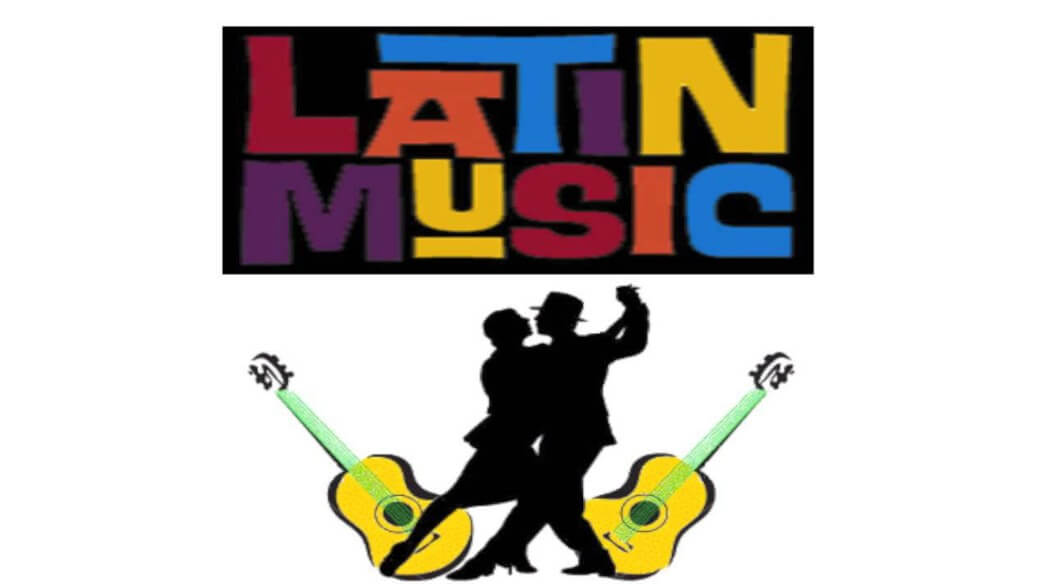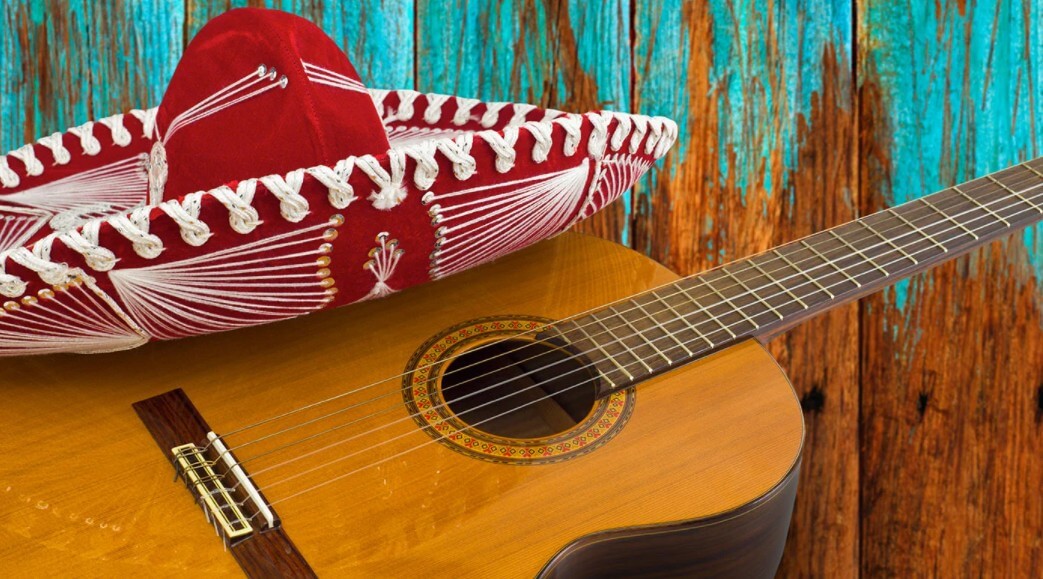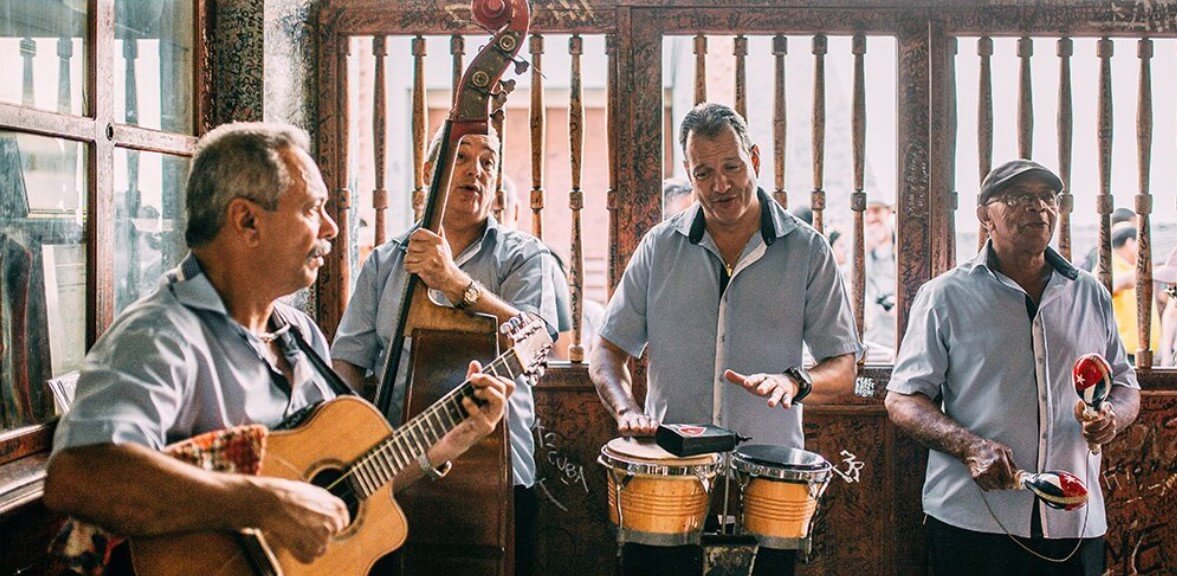With the spotlight on Hispanic music growing amidst Hispanic music festivals and the rise of Latin artists, there’s a noticeable lack of accessible, reliable information about these genres. Understanding what Hispanic music encompasses is essential, as it’s often referred to as “Spanish” music, but the distinction between the terms is not always clear.
Delving into the roots of these terms and exploring their meanings sheds light on the rich tapestry of Hispanic music and its origins. Hispanic music, originating from Spain and the Spanish-speaking Caribbean, represents a diverse range of musical styles and traditions.
Exploring the Landscape of Latin Music
Latin music boasts a rich history, with many of its rhythms and melodies originating in the streets of Spanish cities. From the iconic hits of the ’80s and ’90s to the choreographed Latin dances of the early 2000s, Latin music offers a vast array of genres and styles to explore.
One such genre, “Candomblé” or “Conjunto Candomblé,” may not be as widely known but is equally remarkable in its uniqueness. Latin music often features vocals or keyboards as primary instruments, with genres like “Caribbean,” “Cuba,” “Cumbia,” “Cha-Cha-Cha,” “Folklorico,” and “Mambo” each carrying their own distinct sound and mood.

Various Latin Music Types
Latin music encompasses a multitude of genres, each with its own characteristics and influences. Conjunto music, the most prevalent style in Cuban music, blends elements of jazz, bossa nova, and salsa with a distinct Cuban flavor.
The term “Latin music” historically referred to music originating in Europe, popularized by Spanish and Portuguese explorers in the 16th century, eventually evolving to encompass a broad spectrum of Latin American music genres.
Salsa Music
Salsa music embodies a dynamic art form, brimming with diverse, vividly hued sounds crafted by hand. Renowned for its innovative approach to music production, salsa draws its roots and definition from various cultures worldwide.
Originating in the Dominican Republic in the 1970s, salsa blends Cuban, Cuban-style jazz, and Spanish influences. Its first recordings emerged in New York City in the 1940s, rapidly gaining popularity across the United States and Latin America by the 1960s and 1970s.
In the 2000s, salsa music transcended borders, captivating audiences in Europe and Asia, thus achieving global recognition. With its infectious rhythms, salsa music has the power to transport listeners to new realms and inspire them to embrace life to the fullest!
Cumbia Music
Cumbia music, pioneered by the Colombian band Los Tigres del Norte in the 1970s, infuses the traditional rhythms of cumbia with Spanish instrumentation. Widely employed in Latin dance forms like salsa and son montuno, percussionists weave intricate rhythms using claves, congas, and other percussive instruments.
Celebrated for its versatility and therapeutic qualities, cumbia music is known to alleviate depression, anxiety, and insomnia. At its core lies the rhythmic pattern or “riddim,” while its lyrical content often serves as a conduit for emotional expression. Reflecting its widespread popularity, cumbia music resonates across the Americas and beyond, with its strongest foothold found in the United States and Mexico.

Reggaeton Music
Reggaeton, a Latin American subgenre of dance music, traces its origins to the 1980s in Mexico and Latin America. Fusing Latin-based rhythms, prominent Latin vocals, and an urban vibe, reggaeton possibly emerged from Cuba, forming part of the broader salsa culture.
A fusion of Spanish and hip-hop influences, reggaeton music embodies the allure of romance between individuals. Characterized by sensual and sometimes romantic lyrics, this genre has become synonymous with salsa music, particularly in Latin America. For those seeking a fun and engaging way to learn Spanish, exploring reggaeton music offers a vibrant cultural experience.
While originating in Puerto Rico, reggaeton has been embraced by artists and performers across Latin America, the Caribbean, Europe, and Africa, illustrating its widespread appeal and influence.
Bachata Music
The realm of dance music offers a plethora of unique sounds and talented artists, each contributing to the rich tapestry of the genre. However, not all dance music is created equal, as artists bring their own distinct styles and expertise to the table.
Bachata music, a Latin dance music style, is currently experiencing a resurgence in popularity, originating from South America and gaining significant traction in recent times. The term “bachata” translates to “shaking off” or “to shake off,” named after the national dance of the Dominican Republic.
While often mistaken for merengue, bachata boasts a unique style, characterized by its airy quality and romantic essence. Traditionally danced by couples, solo performances by both male and female singers also grace the stage, adding further diversity to the genre.

Merengue Music
Ready to hit the dance floor tonight? Why not switch up the playlist and groove to some salsa or merengue music? Merengue music, a lively Latin dance originating in Cuba, combines samba and mambo rhythms with intricate choreography, making it an irresistible choice for dancers.
Originating in Cuba, merengue is typically played with all fingers, alternating between right and left hands, making it one of the most popular rhythm-based Cuban music styles.
Bossa-Nova Music
The Bossa-Nova movement has garnered significant attention in recent times, offering a uniquely Brazilian music style characterized by ethnic percussion and robust rhythmic structures. Often accompanied by distinctive flair, including tango or samba drums, Bossa-Nova is synonymous with Brazilian composer Antônio Carlos Jobim, who pioneered the genre in the 1950s.
Bossa-Nova, or Bossa-Samba, is an upbeat Brazilian music genre dating back to the late 1940s. Popularized by pianist, composer, and bossa nova musician Antonio Carlos Jobim, its uplifting and positive lyrics have resonated with audiences worldwide. While Bossa-Nova has gained widespread popularity globally, it is gradually losing favor among Brazilians, possibly due to shifting musical trends.
In a world where music transcends boundaries, Bossa-Nova stands as a fusion of Brazilian and Western pop, showcasing the cultural exchange that defines modern music landscapes.

Rumba Music
Rumba music holds a special place in the hearts of music lovers in the Dominican Republic, Puerto Rico, and Cuba. Rooted in a slow, syncopated rhythm, rumba is a vibrant dance where both men and women move in sync with each other. Its energetic beats have gained popularity worldwide, distinguishing it from traditional dances like ballroom and salsa.
Son Music
Son music, a classic genre played on instruments like the lute or guitar, has its origins in medieval Europe before being introduced to the Americas by European explorers. Versatile in its performance settings, son music sets the tone for weddings, religious ceremonies, and club gatherings.
While featuring traditional instruments like the violin and harmonica, son music also embraces modern electronic elements, such as the piano and synthesizer.

Tango Music
Tango, an art form renowned for its complexity, adds depth to romantic relationships. Whether it’s a budding romance or a long-term commitment, incorporating tango music into your interactions can enhance intimacy and create memorable moments.
With its ability to blend seamlessly into various musical styles, including classical, jazz, ballroom, and pop, tango continues to captivate mainstream audiences worldwide.
Latin Pop Music
Latin pop music, steadily gaining momentum, celebrates the vibrant culture of Latin America. Influencing and inspired by various genres, Latin pop offers a rich fusion of rock, pop, and traditional Latin rhythms.
Defined by its expressive vocals, rhythmic beats, and heartfelt lyrics, Latin pop resonates with audiences of all backgrounds, reflecting themes of love, life, and beauty. Originating in the 1950s and 1960s, Latin pop has evolved into a beloved genre, enjoyed by millions around the globe.
In Conclusion
Latin music defies a singular formula, offering a diverse array of genres catering to every taste. From the romantic allure of ballads to the lively rhythms of salsa, each genre brings its own unique flair, accompanied by distinctive wardrobe and dance styles. Whether it’s reggaeton or merengue, Hispanic music offers something for everyone to enjoy!

